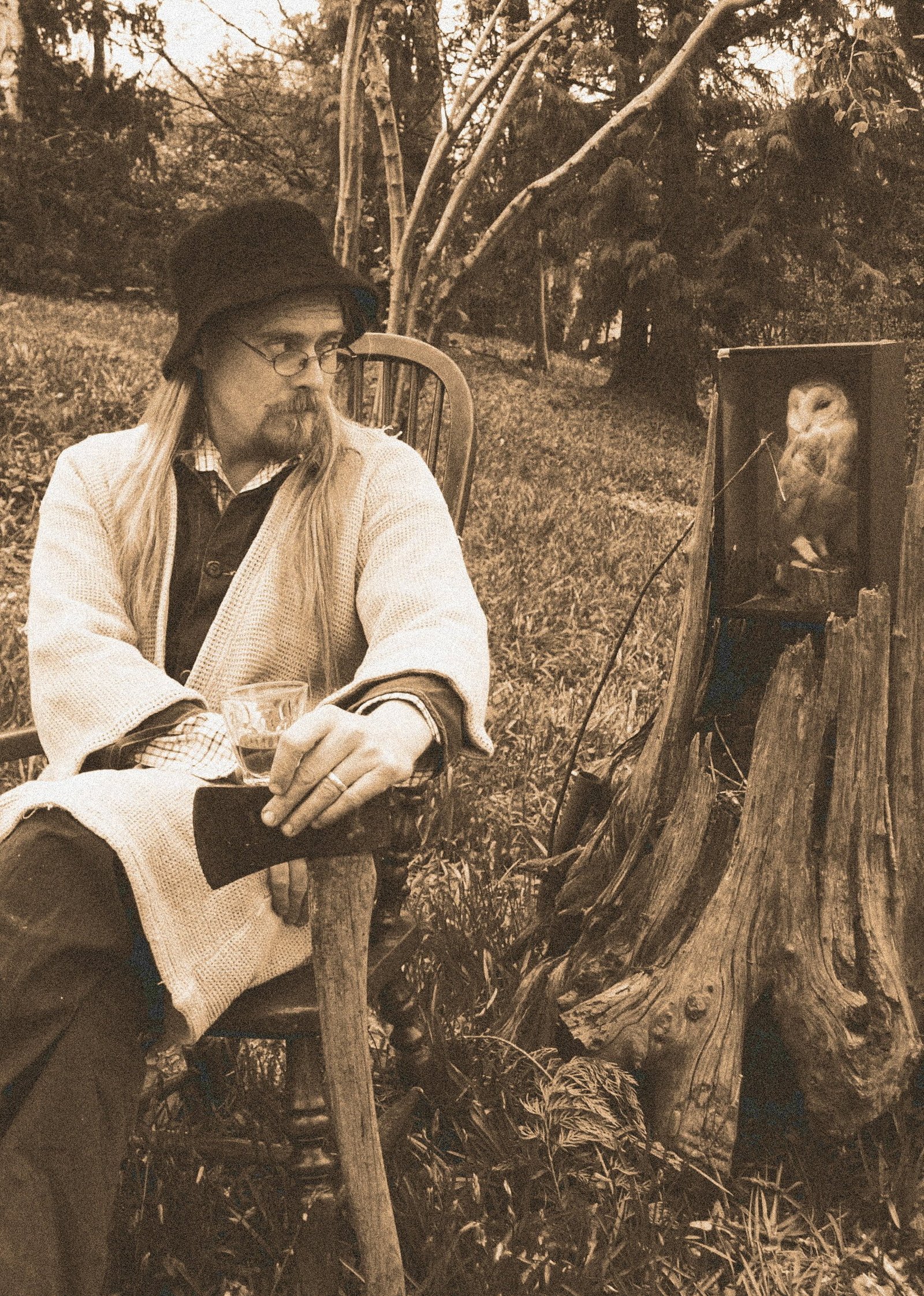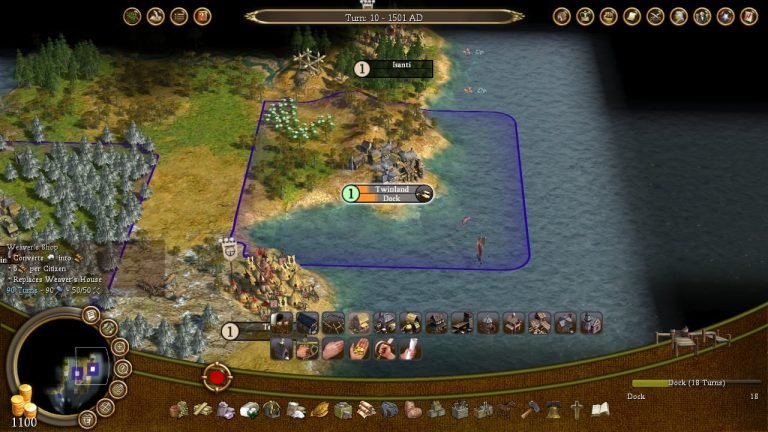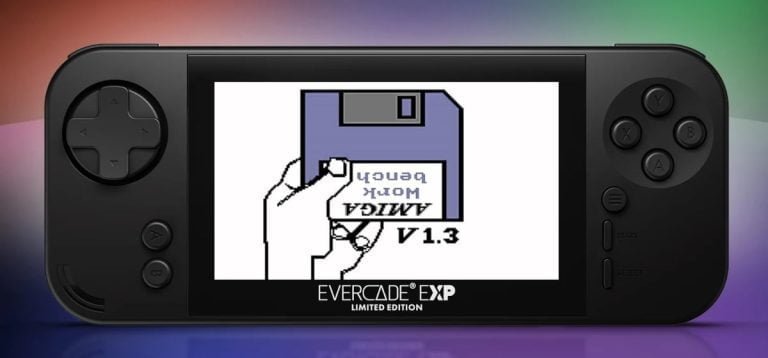Alpha and Omega: Complexity Through Street Fighter Alpha 1-3
Capcom’s Street Fighter Alpha arrived in the mid-1990s, but how does it differ from the “main” games?
Adding things.
We often appear to be caught between the desire to add or perhaps, even take away. In the end, most of us settle into just some tinkering and then continue to tinker until you really have to be honest and say, yes, I have been adding. But is it too much, and if it is, at what point does the balance tip?
I have been talking recently with the Gaming Retro editor, Christian, about increasing complexity and higher bars of entry for games. Sports titles have, in general, been in the cruising lane of this for years, and even if games have mostly gotten easier to complete in those years, they have also gained complexity. Sometimes that complexity did not take very long to mature, as I shall demonstrate with a canter through the period of 1995-1998, wherein Capcom’s Street Fighter Alpha series arrived and received two sequels of voluminous additions and tinkering.
Hold on: “Street Fighter Alpha”?
But first some quick context.
A few years before Street Fighter Alpha first hit my eyes, I had become a partial and then hungry fan of Manga and Anime. This included the off-the-chain Street Fighter II The Animated Movie. Foregoing narrative for sequence after sequence of confrontations, it was a high watermark of animation and a how-to guide for game adaptations. It also featured some thrilling well-animated sparring between a younger Ryu and Ken which would go on to form the prequel context for Alpha. Or Street Fighter Zero if you are playing by Japanese rules, which is entirely fitting for the game at hand because with its broad and deep anime strokes all over the fresh art direction, Street Fighter Zero/Alpha was more nineties Japan than anything that wasn’t Patlabor.
It looked like the animated movie and the starring pair like they had walked right off the cells and into the game.
I was all over having to wait for the PlayStation version. Which is what I did and where we shall begin properly.
Street Fighter Alpha/Zero/anything else?
Firstly, as we begin to acknowledge the mechanics of this much anticipated fresh Street Fighter, I must say that operating 2-D fighters on the PlayStation pad was a mechanic in and of itself. It really was, and in jumping from the Street Fighter 2 franchise to this, I found that Capcom had also added a few mechanics of their own.
Air blocking was a new standard and one that, as soon as you learned it, altered the balance of risk and reward. It set a dynamic foot forward, which itself sets a tone for where this is headed. Similarly strong was the inclusion of the somehow massive titled Alpha Counters; a move so big it will eat a section of your super bar. It was a slick addition to the flow of the gameplay; a sudden exclamation in the proceedings with flourishes of swooshing in-game colour.
Street Fighter II The Animated Movie was a high watermark of animation and a how-to guide for game adaptations, foregoing narrative for sequence after sequence of confrontation.
And this was a much more colourful Street Fighter, despite the somewhat lack lustre backgrounds and sparse new characters to replace the missing old ones. Ten main characters, plus a dribble of extras was not enough in the new PlayStation era of Tekken. But then it did have a setting to allow you to go two-up, Ryu/Ken vs Bison style, just like the conclusion of the animation.
As a fresh Street Fighter, it did feel like that. A massive step forward for a home console after what had proceeded in the mass market, but fresh nonetheless. Budding into flower but not yet in bloom. Capcom were itchy with their trigger back in the day though, so a follow-up was never going to be far from a squeeze.
By the autumn of the same year, they were already rolling out development versions of Street Fighter Alpha 2 to an enthusiastic response at Japanese arcade trade shows. It would take as good as another year to arrive for me though, but it would be in the luxurious form of a Sega Saturn conversion.
A bigger alpha
Street Fighter Alpha 2 was exactly what the first game was threatening to be. Old characters like Dhalsim and Zangief returned with a fresh coat of paint, and fresh faces like Gen and Sakura appeared and fitted right in as if they had always been there.
They totalled 15 standard with a few to uncover. A good number, with new backgrounds for each. With them came the fresh mechanisms, those judicious applications of tinkering which the player must keep speed with if they are to remain in the game. The much-heralded custom combos were the big new addition and remained as confusing to me on the first play as they would on the hundredth.
Old characters like Dhalsim and Zangief returned with a fresh coat of paint, and fresh faces like Gen and Sakura appeared and fitted right in as if they had always been there.
The idea was simple and decent sounding; mash the hard kick and punch buttons together and your character did a hero stance, ate a piece of their super gauge and for some fleeting seconds thereafter you could string any move into another, and another. It was a very aggressive play and did mean that even the fairly remedial man like myself could feel like something out of EVO.
It was a crowded feature though, and either I was getting it all wrong or else it just didn’t suit certain defensive characters as much as it did the attacking ones. It looked smart but it was really just a mess, with you just spaffing special moves into the controller until your time was up and things fractionally calmed down for a moment. Street Fighter had become very fast by this point and was it also becoming crowded? Capcom would answer this with the second sequel.
Third time’s the charm
Bang early into 1997, Capcom went ahead and made the game with the title that still quite a lot of people were waiting for. Street Fighter 3. The sequel, not the prequel. Then when that didn’t go down quite so well as assumed, they threw everything into the celebratory sequel that was Alpha 3.
25 standard characters, 3 different modes of play and a new high water mark for the hardcore in the form of juggle combos. They had been a staple of 3-D fighters from the start and felt at home there, but get caught in a corner with Alpha 3 and you could be stuck in a game of keepy-uppy until the round was over. It was just a bit much and again poked the game into a more aggressive beast.
Speaking of beasts, it was nice to have Blanka back, but did we need to have him and everyone else equipped with three versions of play style that you must choose from?
One was ye olde style super move that we all understood. Another was that custom combo insanity, which now had varying effects depending on how you accessed it. And we are not done yet, as there is yet another mode that allows you to access a multitude of supers from ever more fiendish executions.
I am very fond of Street Fighter Alpha 3 but it felt like the uproarious end to a party, wherein everything is over-flowering and a little all over the shop. I have seen a tournament video of professionals playing this game and it is a sight to behold, but the bar for entry had exceeded the laymen.
Perhaps Street Fighter Alpha 2 was the limit of content, a reasonable middle ground. But then I wouldn’t want to give up any of the new characters from Alpha 3. Going on 30 all told is excessive but Capcom was drawing from the top draw at the time, so I’m keeping them but having to demand that everyone plays on the original Alpha super settings only.
Three amazing games and I couldn’t settle on one of them. The problem as ever is choice.
That’s why I always choose ginger nuts.

John is a writer and gardener. He comes with various 90’s Sega attachments and is the author of The Meifod Claw and other works. His favorite tree is a copper beech and he would like his coffee black without sugar, thank you.

